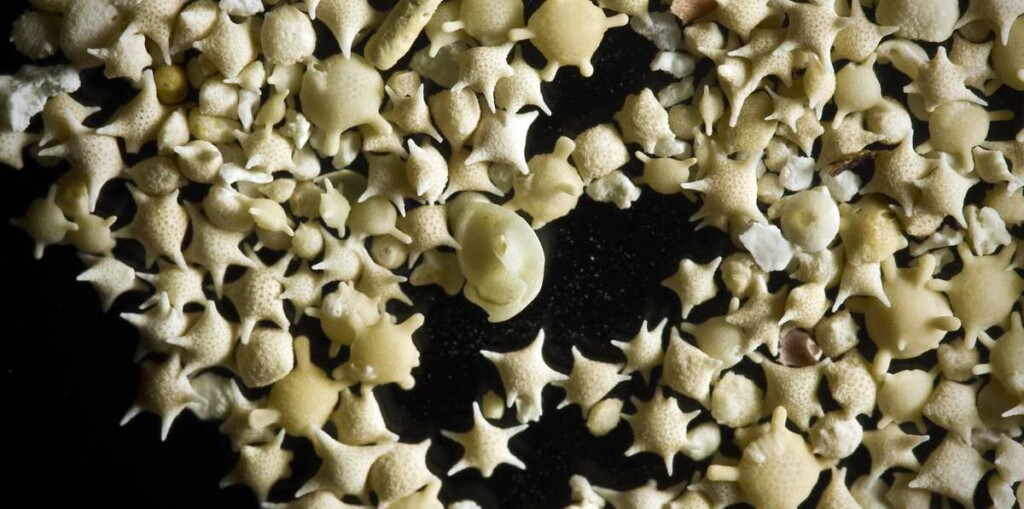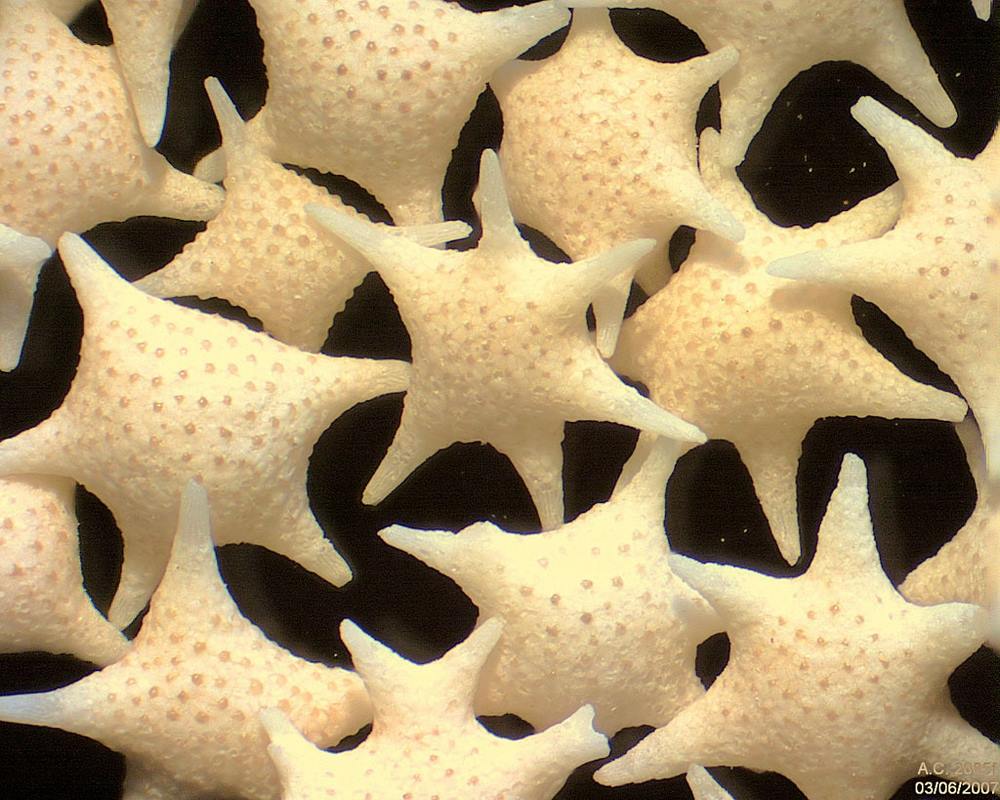
GNN is not beyond taking a moment to admire the majesty of nature, regardless of form, or in this case, size.
If you went to one of the beaches of the Ryukyu Islands of Japan—take Okinawa for example, and picked up a grain of sand and held it under a magnifying glass, you might notice something amazing—it would have a star shape.
Japan has one of the world’s highest concentrations of star sand beaches on Earth. Sand is made up of ground stone and coral that’s been reduced to grains over many years, but star sand was once actually a living organism.
“Star sand is an empty shell of unicellular microorganisms called Foraminifera,” Kazuhiko Fujita, a professor at the University of the Ryukyus, told National Geographic. “It looks like a star in a cartoon… It has a rounded body with five or more spines like a sea star.”
The beaches on islands like Taketomi, Hatoma, and Iriomote are made up of the skeletons of these microorganisms.
They live under the sea on the crests of reefs, or on the flat sandy plains on the side of the reef that’s sheltered from the current and waves.
While seemingly straightforward, these little star sand Foraminifera have a companion microorganism that shares the interior of their stary exterior—a diatom.
ALSO CHECK OUT: Rare ‘Doomsday’ Fish Surfaces in California–Just the 20th Discovered in the State Since 1901
Diatoms are one of the ocean’s hidden workhorses. They are microscopic algal cells that convert light into carbohydrates and oxygen—i.e. photosynthesis.

The presence of the diatom inside the star sand accounts for why the skeleton of the Foraminifera forms a star shape. The star points, which are not symmetrical or uniform, allow light to penetrate the exoskeleton and reach the diatoms which in turn convert it to energy to feed both it and the star sand.
As they pass away, the skeletons are washed up on beaches.
MORE ASTONISHING SEA LIFE: White Tufted Sea Creatures Among the Winners in This Underwater Photography Contest
“As their population grows, the number of those skeletons grows, so the sand itself grows,” Mark Wilson, an invertebrate paleontologist at the College of Wooster in Ohio, tells Nat Geo. This could mean “they may play some role in protecting these little islands, essentially adding material to the shores of the island.”
SHARE This Simply Extraordinary Natural Phenomenon Of Life On Social Media…




















